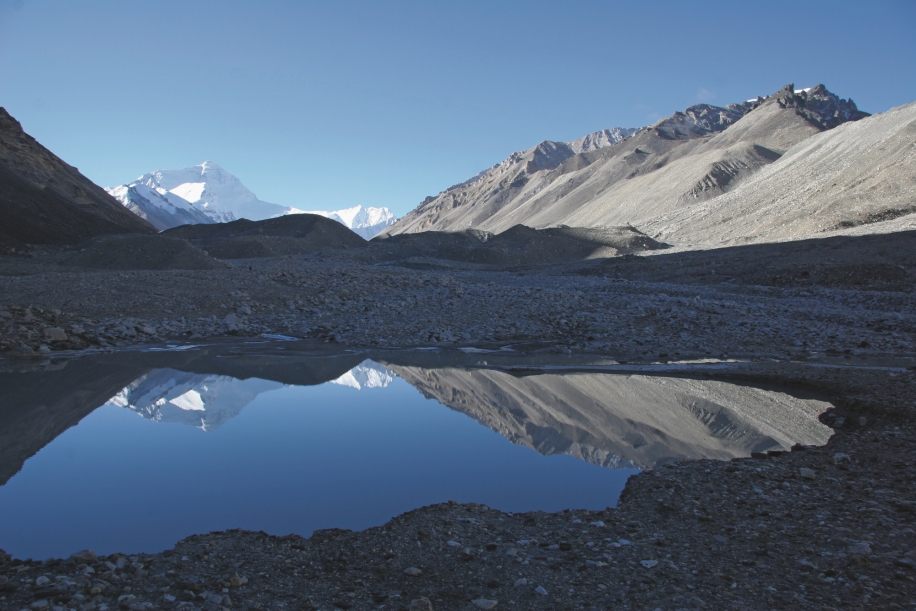
Meltdown in Tibet
Michael Buckley | Tibet, China, Himalayan India, Bhutan, Nepal
Photographer: Michael Buckley
Exhibit Title: Meltdown in Tibet
Location: Tibet, China, Himalayan India, Bhutan, Nepal
The Tibetan Plateau is home to over 40,000 glaciers, with many of those underoing meltdown. These glaciers feed the river systems across Asia, with those rivers sustaining over a billion people downstream as well as agriculture and industry. What is being done to stall the meltdown of the glaciers? Virtually nothing. In fact, both China and India are heavily addicted to coal which causes a rain of black soot to hit the glaciers, thus accelerating the meltdown because black attracts more sun. On the major rivers sourced in Tibet, China is building megadam after megadam in the mistaken belief that this is clean and green and sustainable energy. Massive megadam reservoirs give off large amounts of Methane from rotten flooded vegetation. Methane is a greenhouse gas thought to be 30 times more potent than CO2. For much more information, and to view short documentary Meltdown in Tibet, visit: www.MeltdowninTibet.com/. Available on Amazon Kindle is the 510-page digital photobook 'Tibet, Disrupted' by Michael Buckley
It is known as the Third Pole: the largest expanse of glaciers and snowpack apart from the Arctic and the Antarctic. But the Arctic and Antarctic do not feed freshwater to any human populations. The Third Pole, encompassing Tibet, Nepal, Bhutan, Himalayan India and northern Pakistan, is the vital source of freshwater for up to 2 billion people downstream, as well as being vital for industry and agriculture. Tibet is the missing part of the Climate Chaos conversation at global forums like the COP conferences. And yet Tibet is by far the most important icy terrain on the planet because it supports billions of people downstream. China and India are doing squat to help preserve the great Himalayan and Karakoram glaciers. Instead both nations are raining down soot from burning coal. This soot is speeding up glacial meltdown because the tiny black particles on glaciers attract more heat from the sun. The only other sources of freshwater are groundwater (which, once depleted cannot be renewed) in vast aquifers, and monsoon rains, which are seasonal and hard to capture as a water source. Both China and India are major dam-builders, disrupting the flow of nutrient-rich water on the rivers sourced in Tibet. All major rivers sourced in Tibet have Chinese megadam building on-going, except for the Salween River. To view the documentary Meltdown in Tibet, go to the photographer's website: www.MeltdowninTibet.com
Make Comment/View Comments